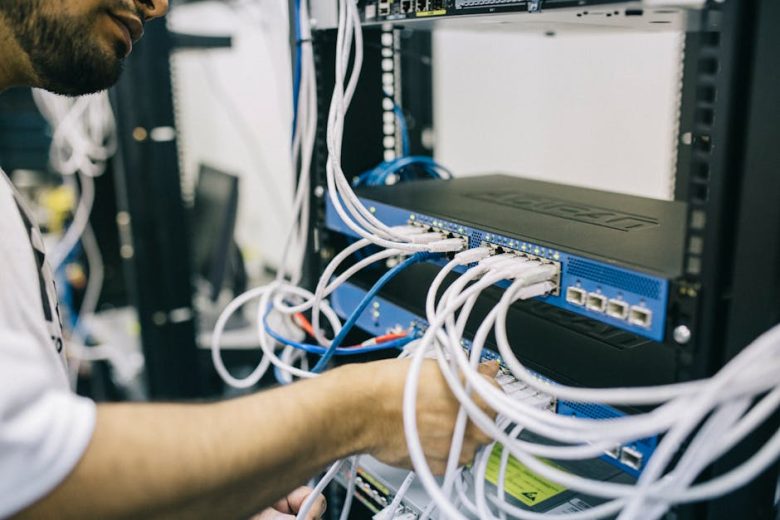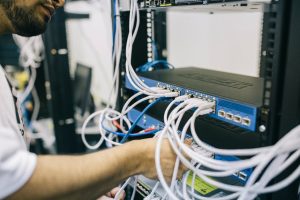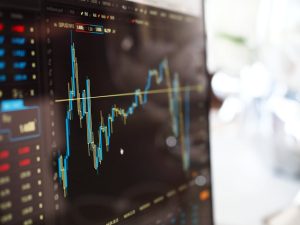In recent years, the landscape of artistic expression has dramatically evolved with the advent of artificial intelligence (AI) art generators. These innovative tools allow users to create artwork with just a few clicks, leveraging complex algorithms and vast datasets. While traditional art creation relies heavily on the skills and intuition of the artist, AI-generated art raises questions about the nature of creativity, authorship, and the role of technology in the artistic process.
As artists and creators navigate this new terrain, it becomes essential to compare the merits and drawbacks of AI art generators with traditional methods. This exploration not only highlights the differences in technique and output but also delves into the philosophical implications of what it means to create art in the digital age. By examining both approaches, we can better understand how each contributes to the broader art community and influences cultural trends.
One of the most significant differences between AI art generators and traditional art creation lies in the process. Traditional artists often invest countless hours honing their skills, experimenting with techniques, and developing a personal style. This process can be labor-intensive and requires a deep understanding of various mediums, whether it be painting, drawing, or sculpting. In contrast, AI art generators streamline this process, allowing anyone to produce visually impressive artwork without prior artistic training. While this democratization of art creation is appealing, it raises concerns about the depth and emotional resonance of the resulting pieces.
Another critical aspect to consider is the concept of authorship. In traditional art, the artist is seen as the sole creator, infusing their work with personal experiences, emotions, and intentions. This connection imbues the artwork with layers of meaning that can resonate deeply with viewers. On the other hand, AI-generated art often lacks this personal touch, as the algorithms operate based on existing data rather than individual experiences. This raises questions about who truly “owns” the art produced by AI: the programmer, the user, or the machine itself? The debate over authorship challenges our understanding of creativity and the value we place on artistic expression.
Furthermore, the aesthetic outcomes of both approaches can differ significantly. Traditional art often embodies imperfections and unique qualities that stem from the artist’s hand, resulting in a sense of authenticity and originality. Each brushstroke or pencil mark tells a story, revealing the artist’s journey and emotional state. In contrast, AI art generators can produce highly polished and technically proficient images that may lack the soulfulness of traditional works. While some may argue that the precision of AI art is a testament to technological advancement, others may feel that it undermines the essence of what art should convey.
Lastly, the impact of AI art generators on the art market cannot be overlooked. As these tools become more accessible, they challenge the traditional notions of value and scarcity in art. Collectors and galleries may struggle to determine the worth of AI-generated pieces, as the ease of reproduction blurs the lines between original and copy. This shift could lead to a re-evaluation of how we define art and its significance in society, prompting both artists and collectors to adapt to a rapidly changing landscape.
In conclusion, the comparison between AI art generators and traditional art creation reveals a complex interplay of process, authorship, aesthetics, and market dynamics. While AI tools offer exciting possibilities for democratizing art and pushing creative boundaries, they also raise important questions about the nature of creativity and the value we assign to artistic expression. As technology continues to evolve, so too will the dialogue surrounding these two approaches, ultimately enriching the art world in unexpected ways.
As we move forward, it is crucial for artists, collectors, and enthusiasts alike to engage with these developments thoughtfully. Embracing both traditional and AI-generated art can lead to a more inclusive and diverse artistic landscape, where innovation and tradition coexist. In this new era, the true challenge may lie in finding a balance that honors the rich history of art while embracing the limitless possibilities of the future.



